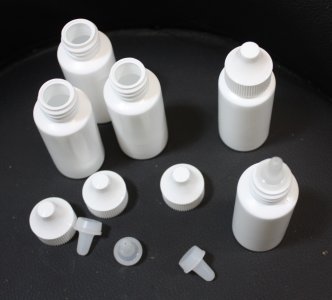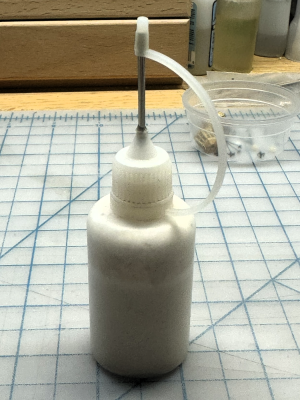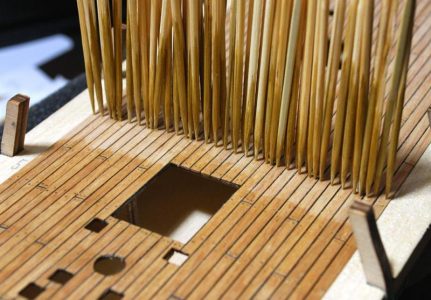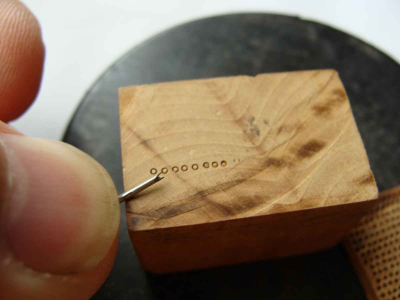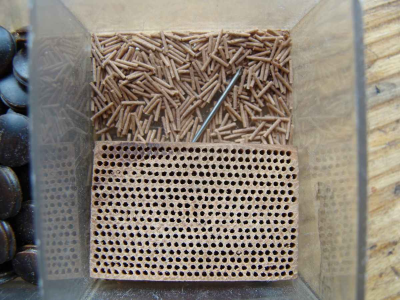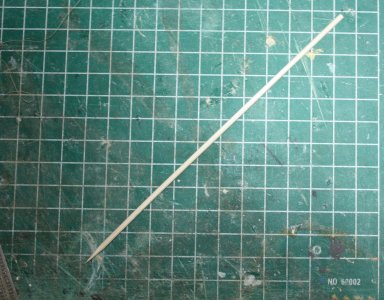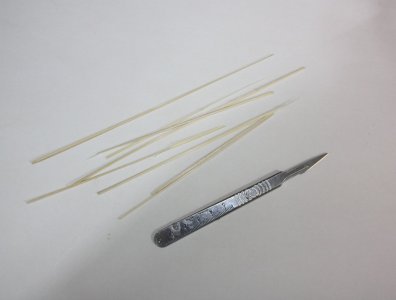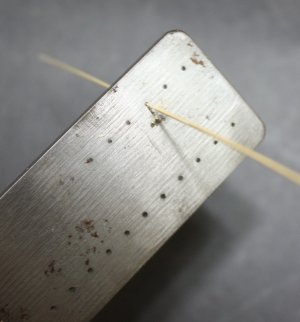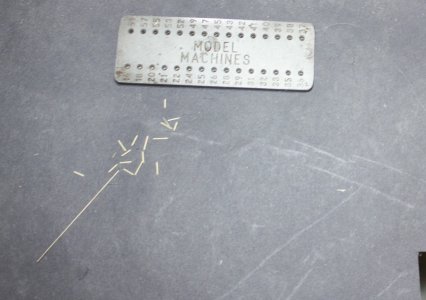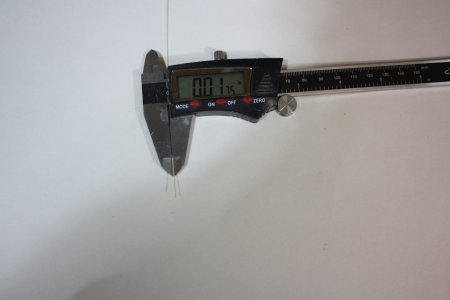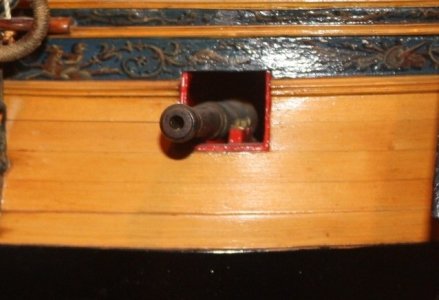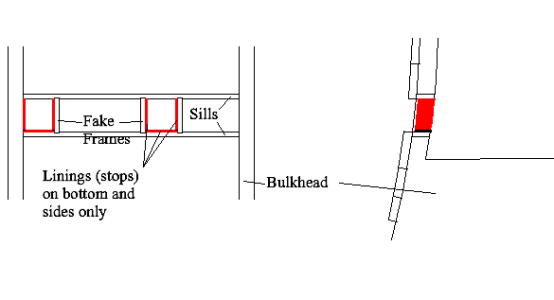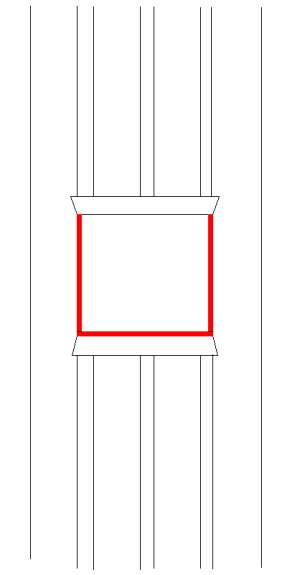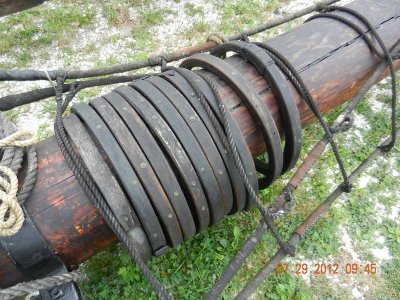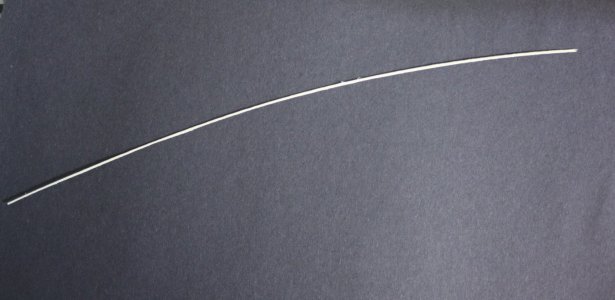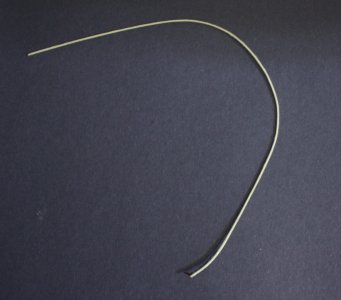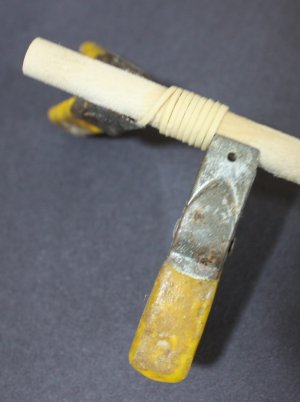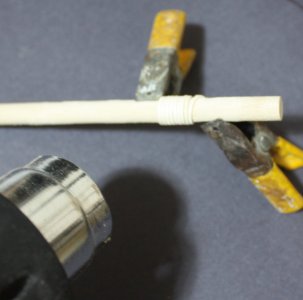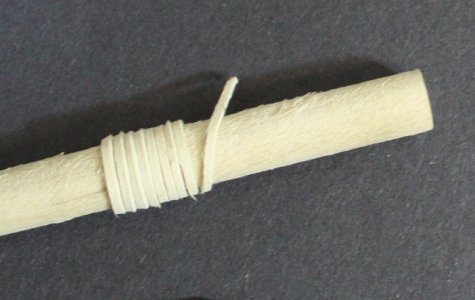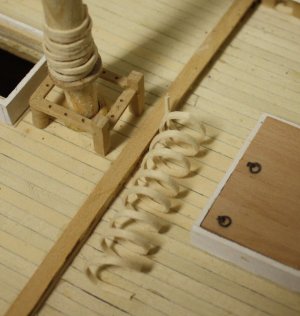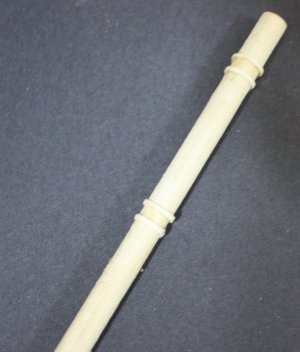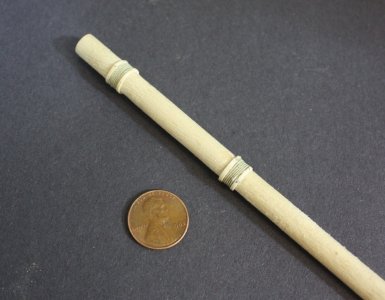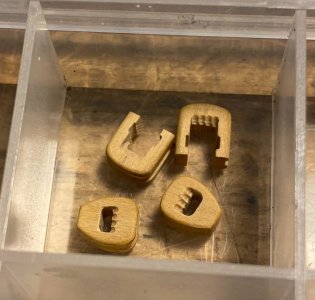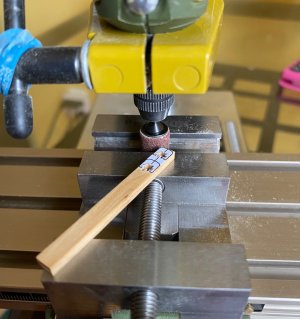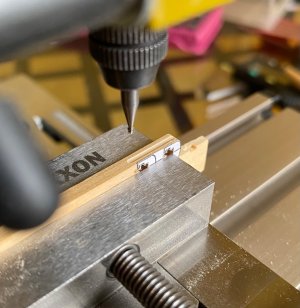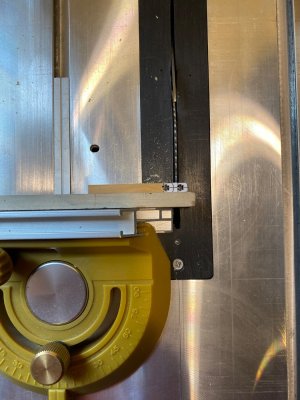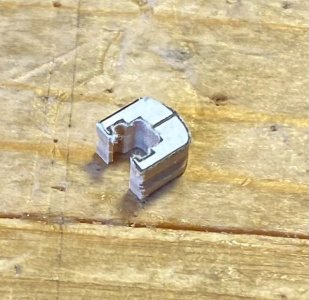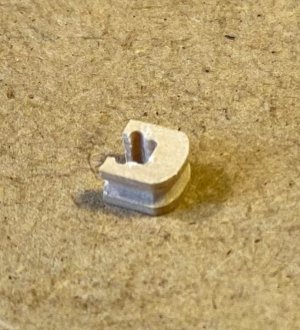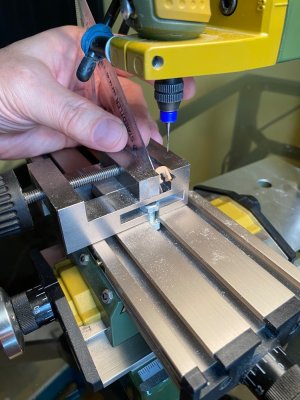TREENAILS -
There are multiple ways to make treenails successfully. The things I try to keep in mind:
Subtle color
Scale
Strength
Cost
Time
Tools needed
Regarding diameters the following shows typical diameters needed at different scales. I have never tried to make wooden treenails smaller than 0.016" diameter but if someone has done this with success, I for one would love to see how to do this. Dimensions are in inches.
--------------------------- Full size ------------1:98------------------ 1:72----------------1:64--------------- 1:48
Hull--------------------------1.5-2--------- 0.016 - 0.02---------0.02 -0.028 ------ 0.023-0.031------ 0.031-0.04
Deck nail covers-------------1.5-----------------0.016---------------- 0.02--------------- 0.023------------0.031
Based on information from Peter Goodwins,
The Construction and Fitting of the British Man of War, pp 60-61, decks were often spiked, not trennaled but then covered with a 1/2" thick 1.5"diameter round (or diamond shape) wooden cover. For the models trennals no larger than 1.5 inch diameter would have the appearance of the wooden covers. When wooden trennals were used on the decks rather than iron spikes they would have been about 1 inch diameter.
The photos are various methods I have seen used and there are probably more, with their own benefits and flaws. My preference is the last description. If anyone has more methods that they have used with success, it would be great to see these.
Allan
1.) Toothpicks.
View attachment 484690
2.) Made with hypodermic needle
View attachment 484691
View attachment 484692
Draw plate with bamboo, my favorite method
Start with any bamboo skewers. They are cheap and go a long way.
Slit the skewer with a hobby knife such as an Xacto or Swann Morton, et al. I slit these into as many strips as possible as they need to get down to some small diameters and the largest hole on my draw plate is 0,059 inches. When running the piece through the draw plate it is good to pull at a slight angle and the pass it through the same hole two or three times. I cannot speak for the first two methods but I can produce about 200 trennals down to the smallest diameters in about an hour. Large diameters take less time with subsequent increased output.
View attachment 484970
View attachment 484971
View attachment 484973
View attachment 484974
View attachment 484975
--
